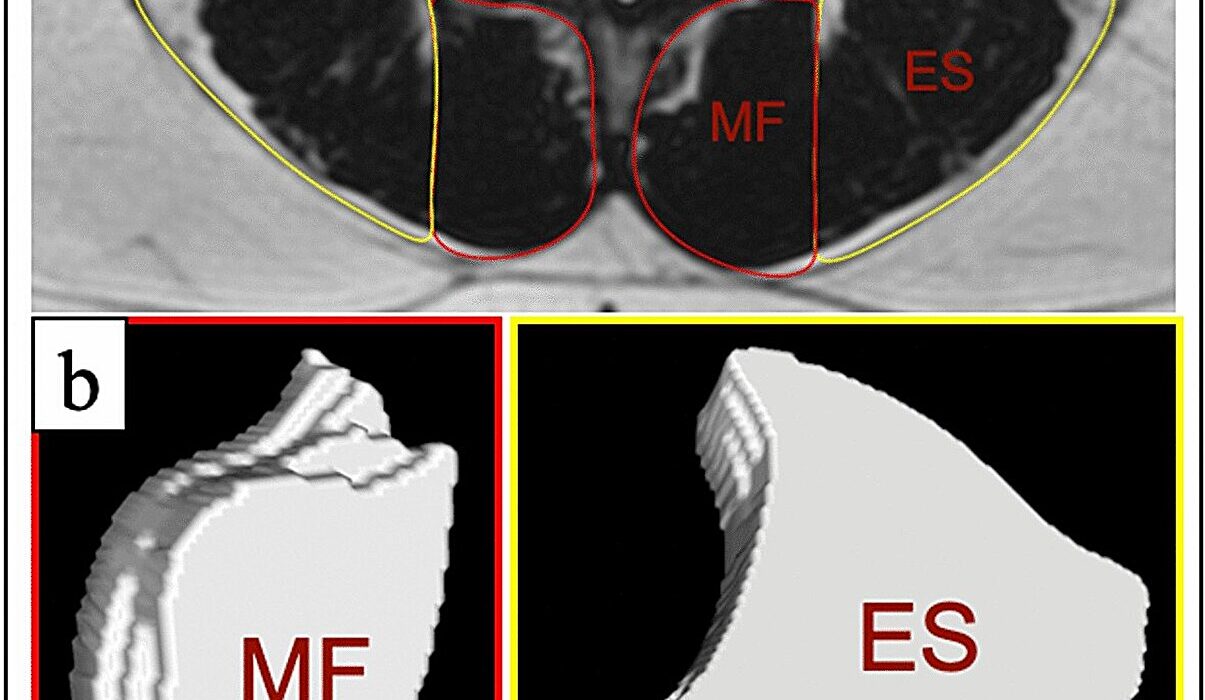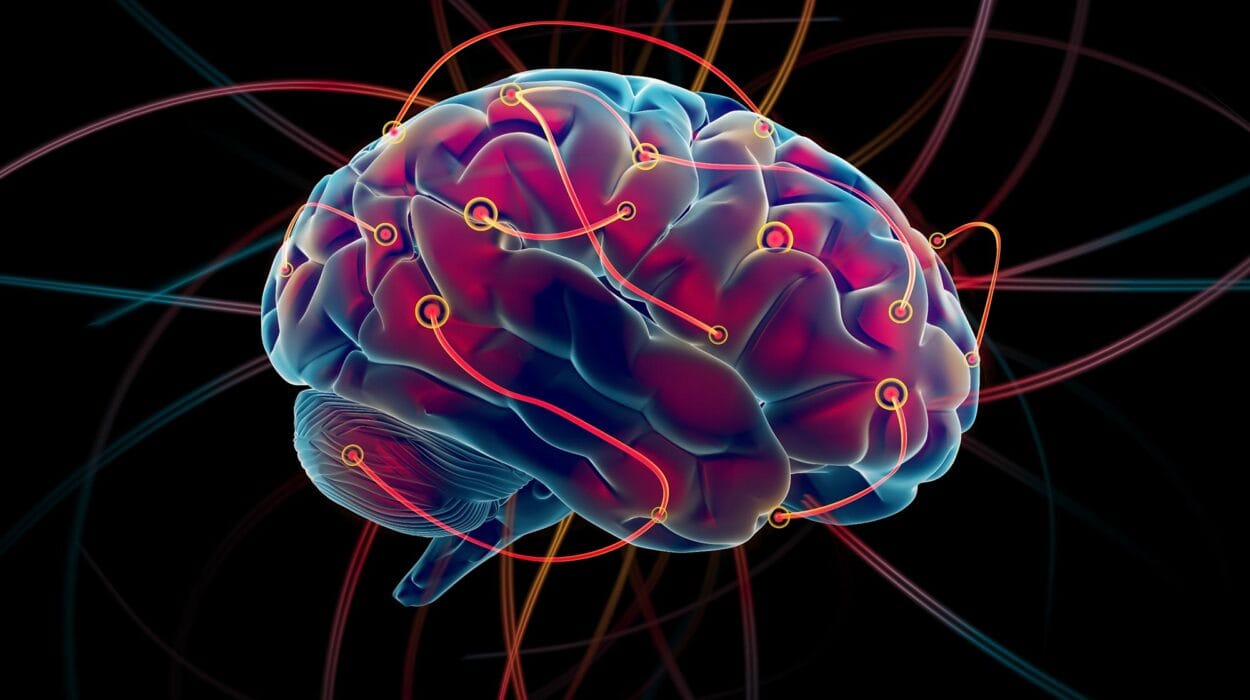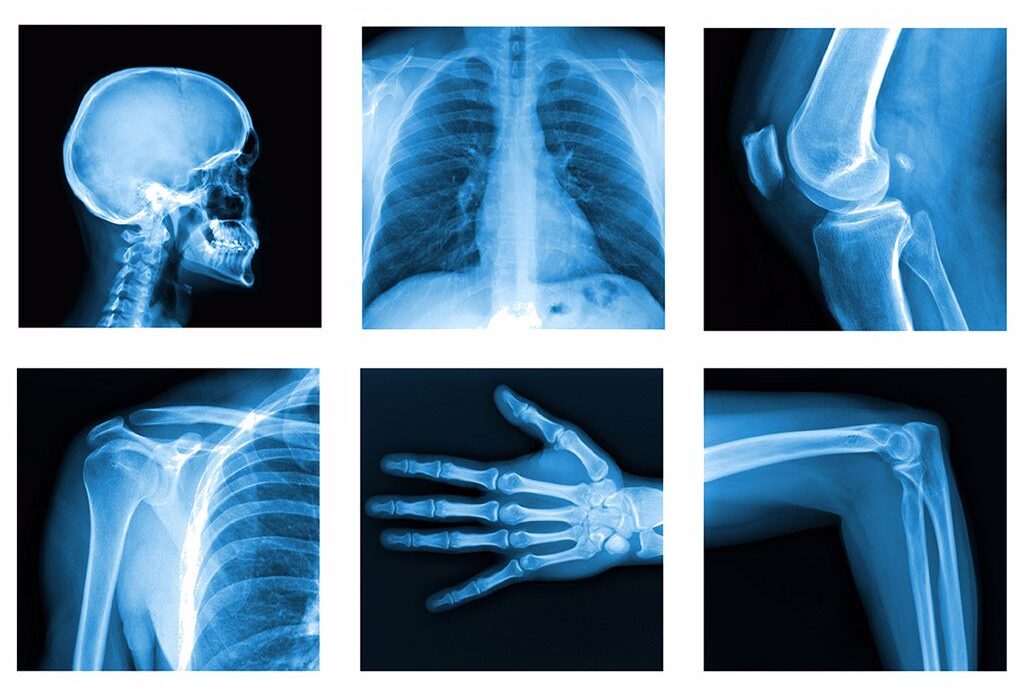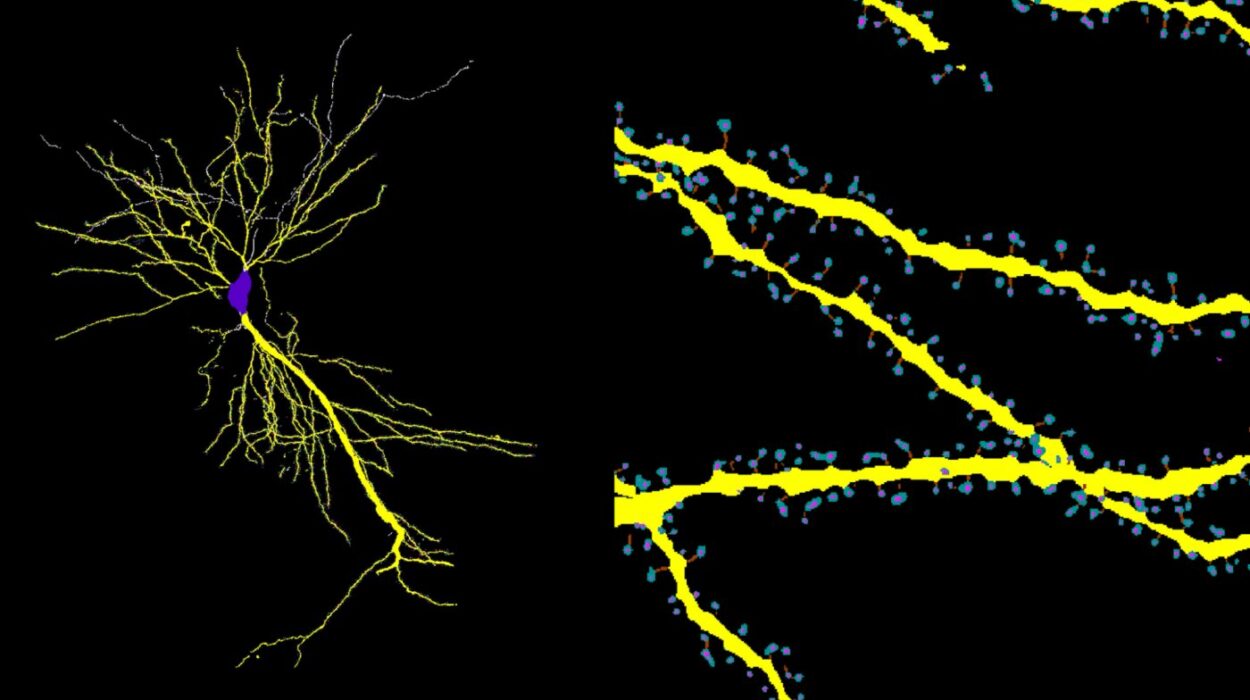Creativity is one of the most enchanting and elusive features of human cognition. It lies at the heart of innovation, art, science, and even everyday problem-solving. We often picture creativity as a flash of inspiration—a moment when disparate ideas suddenly coalesce into a brilliant insight. This phenomenon, popularly called the “Aha!” moment, is celebrated as a profound cognitive event, a sudden clarity piercing the fog of confusion. Yet, beneath this poetic description lies a complex, fascinating neural symphony.
The neuroscience of creativity seeks to unravel the biological basis of this human wonder. What happens in our brains when we imagine, innovate, or solve problems in novel ways? How do neurons, circuits, and neurotransmitters collaborate to produce the feeling of insight? Is creativity a mysterious gift reserved for a select few, or can it be understood, cultivated, and enhanced by all?
To answer these questions, modern science draws from diverse fields—cognitive neuroscience, psychology, neuroimaging, and even molecular biology. The brain, a labyrinth of approximately 86 billion neurons, orchestrates creativity through networks that balance order and chaos, control and spontaneity, attention and relaxation. The “Aha!” moment, far from being an instant lightning strike, is the visible crest of a deeper, intricate process.
Defining Creativity: Beyond the Cliché
Before delving into the brain’s machinery, it is essential to clarify what we mean by creativity. Creativity is often loosely defined as the ability to generate ideas or products that are both novel and useful. It spans a wide spectrum—from a painter mixing colors in a new way, to a scientist devising a groundbreaking theory, to a child inventing a game from scraps.
Psychologists distinguish between two types of creativity: divergent thinking and convergent thinking. Divergent thinking is the ability to generate many ideas or solutions to a problem, often unconventional or unexpected. Convergent thinking, by contrast, is the skill to narrow down multiple options to find the best answer. Both are crucial and intertwined in creative acts.
The “Aha!” moment is often linked with insight problem-solving, a subtype of creativity where a solution suddenly emerges after a period of impasse. It feels instantaneous, a burst of clarity after frustration. This contrasts with analytical problem-solving, which is methodical and stepwise.
Neuroscientifically, these different modes of thinking recruit distinct but overlapping brain networks, suggesting that creativity is not the product of a single brain region but the result of dynamic interactions across multiple systems.
The Brain’s Creative Triad: Default, Executive, and Salience Networks
One of the most profound insights from cognitive neuroscience is the identification of three large-scale brain networks critical for creative thought: the default mode network (DMN), the executive control network (ECN), and the salience network (SN).
The default mode network is active when the brain is at rest, not focused on the external environment, and engaged in internally oriented thought—daydreaming, mind-wandering, or recalling memories. It includes regions such as the medial prefrontal cortex, posterior cingulate cortex, and angular gyrus. The DMN plays a pivotal role in idea generation and mental simulation, allowing the mind to explore possibilities unconstrained by immediate sensory input.
Opposite to this, the executive control network is engaged during goal-directed tasks requiring focused attention, working memory, and decision-making. Key hubs include the dorsolateral prefrontal cortex and the anterior cingulate cortex. The ECN helps evaluate and refine ideas, applying critical thinking and logic.
The salience network, anchored by the anterior insula and dorsal anterior cingulate cortex, acts as a switchboard, detecting important stimuli and dynamically toggling between the DMN and ECN. It enables the brain to shift from free-flowing ideation to focused evaluation—a crucial mechanism in the birth of insight.
Creative cognition emerges from the delicate balance and interplay of these networks. During the initial phase of creativity, the DMN dominates, flooding the mind with possibilities and associations. As the idea crystallizes, the salience network detects its relevance and recruits the ECN to test and refine it. This dance between spontaneous generation and deliberate control is what enables meaningful innovation.
Neural Correlates of the “Aha!” Moment
The sudden clarity and joy of an “Aha!” moment have been the subject of intense scientific fascination. Researchers have employed electroencephalography (EEG), functional magnetic resonance imaging (fMRI), and other neuroimaging techniques to capture the neural signature of insight.
One consistent finding is the involvement of the right anterior superior temporal gyrus (aSTG). This region appears to integrate distant and seemingly unrelated pieces of information, enabling the brain to form novel connections—the essence of insight. Studies show a burst of gamma-band activity (a fast brainwave frequency) in this area just before participants report an insight, indicating high-level integrative processing.
Simultaneously, activation of the prefrontal cortex, particularly the right hemisphere, has been linked to the evaluation and restructuring of problem representations. This suggests that “Aha!” moments arise not from pure chance, but from active reorganization of mental models.
Moreover, the anterior cingulate cortex plays a critical role in overcoming cognitive fixation—a common barrier to insight. When stuck in habitual thinking, the brain struggles to see alternative perspectives. The ACC detects this conflict and signals the need for a cognitive shift, sometimes triggering the spontaneous breakthrough.
Neuroimaging during insight tasks reveals that the “Aha!” moment is accompanied by emotional and reward-related brain activity, particularly in the nucleus accumbens and ventral tegmental area, centers rich in dopamine. This neurochemical surge explains the euphoric feeling that often accompanies sudden discoveries, reinforcing the behavior and motivating further creative exploration.
The Role of Dopamine: The Brain’s Creative Currency
Dopamine, a neurotransmitter long associated with reward, motivation, and learning, has emerged as a key player in creative cognition. It modulates attention, cognitive flexibility, and working memory—all essential for generating and refining ideas.
High dopamine levels in the prefrontal cortex enhance cognitive flexibility—the ability to switch between concepts, perspectives, or tasks. This flexibility underpins divergent thinking, allowing individuals to escape mental ruts and explore novel associations.
However, dopamine’s relationship with creativity is complex and delicate. Too little dopamine impairs motivation and cognitive agility, while too much may lead to distractibility or disorganized thought. Interestingly, some studies suggest that moderate dopamine dysregulation, as seen in conditions like schizophrenia, may enhance certain aspects of creative thinking, albeit at a cost.
The mesolimbic dopamine pathway, encompassing the ventral tegmental area and nucleus accumbens, is especially implicated in the motivational aspects of creativity. When an “Aha!” moment triggers dopamine release here, it generates a powerful sense of reward, encouraging further exploration and risk-taking.
Sleep, Incubation, and the Subconscious Mind
Creativity rarely strikes on command. Often, it requires time—sometimes hours, days, or even years—for ideas to mature beneath the surface of conscious thought. This phenomenon is captured in the concept of incubation: a period during which a problem is set aside, and the mind unconsciously continues to work.
Neuroscientific studies reveal that during incubation, the brain’s default mode network remains active, allowing memory traces and associations to percolate and recombine. Sleep plays a critical role here. During rapid eye movement (REM) sleep, the brain exhibits increased connectivity between the limbic system and the neocortex, facilitating emotional integration and creative recombination of ideas.
Remarkably, REM sleep fosters dreams, which often blend unrelated elements in bizarre yet meaningful ways. These nocturnal narratives may inspire daytime insights. Famous examples include the chemist August Kekulé dreaming of a snake biting its tail, leading him to discover the ring structure of benzene.
Even brief naps or moments of relaxed, unfocused attention can enhance creative problem-solving by disengaging the executive control network, allowing spontaneous thoughts to emerge.
The Impact of Emotion and Mood on Creativity
Creativity is not a purely intellectual exercise; it is deeply intertwined with our emotional landscape. Positive moods have been consistently shown to broaden attention, increase cognitive flexibility, and enhance divergent thinking. When we feel joyful or optimistic, the brain becomes more open to exploring new ideas and connections.
Conversely, moderate negative moods—such as sadness or frustration—can sometimes enhance focused, analytical thinking, helping to refine and polish ideas. The interplay of mood states can thus facilitate different stages of the creative process.
At the neurochemical level, mood influences the balance of neurotransmitters like dopamine, serotonin, and norepinephrine, all of which modulate brain network activity. Emotional arousal heightens salience network sensitivity, enabling detection of novel or meaningful stimuli.
The emotional thrill of the “Aha!” moment itself acts as a powerful reinforcer, releasing dopamine and endorphins, creating a positive feedback loop that motivates continued creative endeavor.
Creativity and Intelligence: Partners or Opponents?
The relationship between creativity and intelligence has long puzzled psychologists. While high intelligence provides the cognitive resources for complex problem-solving, creativity requires more than raw IQ.
Neuroscientifically, intelligence is linked to efficient information processing and executive control functions in the prefrontal cortex. Creativity, on the other hand, demands cognitive flexibility and the ability to generate novel associations, often involving more diffuse brain activation.
Recent models suggest a threshold theory: beyond a certain level of intelligence, creativity becomes more dependent on personality traits, motivation, and environmental factors than on IQ alone. The interaction between intelligence and creativity likely depends on the balance between spontaneous ideation and deliberate evaluation—each recruiting different neural substrates.
The Influence of Environment and Experience
The brain’s plasticity ensures that creativity is not fixed at birth but shaped by experience, learning, and environment. Enriched environments stimulate neurogenesis, synaptic growth, and connectivity, enhancing the brain’s capacity to form new associations.
Education systems that encourage curiosity, risk-taking, and cross-disciplinary exploration tend to foster creativity. Conversely, rigid, punitive environments can inhibit divergent thinking and stifle innovation.
Neuroscience shows that exposure to novel stimuli activates the hippocampus, the brain’s center for memory and spatial navigation, facilitating the integration of new information into existing frameworks. The hippocampus also plays a role in mental simulation, enabling the mind to construct imagined scenarios—a key creative ability.
Cultivating Creativity: Insights from Neuroscience
Understanding the neural basis of creativity offers practical strategies to nurture it. Encouraging periods of relaxed, unfocused thought allows the default mode network to generate ideas. Engaging in activities that promote positive mood, such as exercise, music, or social interaction, enhances cognitive flexibility.
Mindfulness meditation, paradoxically, which cultivates focused attention, can reduce intrusive thoughts and improve executive control, enabling better refinement of ideas. Alternating between focused and diffuse modes of attention—much like the brain’s own network switching—may optimize creative output.
Physical health, sleep hygiene, and stress management are equally vital, as fatigue and anxiety impair the delicate neural balance required for creativity.
Importantly, accepting failure and ambiguity creates a psychological space where risk-taking and novel thinking can flourish. The brain’s reward systems respond not only to success but also to the intrinsic pleasure of exploration and discovery.
Creativity Across the Lifespan
Contrary to stereotypes, creativity does not peak only in youth. While certain cognitive abilities may decline with age, accumulated knowledge and experience enrich the creative process. Older adults often excel at convergent thinking and applying insight to practical problems.
Neuroscientific research indicates that older brains may compensate for declining neural efficiency by recruiting broader networks, maintaining creative abilities. Furthermore, lifelong engagement in creative activities supports cognitive health and resilience.
The Future of Creativity Research
The neuroscience of creativity is a vibrant and rapidly evolving field. Advances in neuroimaging, genetics, and computational modeling continue to illuminate the neural circuits and molecular mechanisms involved.
Cutting-edge techniques like transcranial magnetic stimulation (TMS) and transcranial direct current stimulation (tDCS) are being explored to enhance creative cognition by modulating brain activity.
Artificial intelligence, while impressive in pattern recognition and data processing, still lacks the spontaneity and emotional depth of human creativity, highlighting the unique complexity of the human brain.
Understanding creativity not only enriches our appreciation of human potential but also holds promise for education, mental health, and innovation in technology and the arts.
Conclusion: The Mystery Within the Mind
Creativity and “Aha!” moments are the brain’s poetic expression—where science meets art, logic embraces intuition, and chaos gives birth to order. These phenomena remind us that the human mind is a universe of its own, ceaselessly weaving meaning from fragments of experience.
Though neuroscience has mapped many pathways of creative thought, much remains a mystery, preserving the wonder that inspired Einstein’s words: “The true sign of intelligence is not knowledge but imagination.” In every flash of insight lies the infinite potential of the human spirit to transcend limits and create new worlds.






